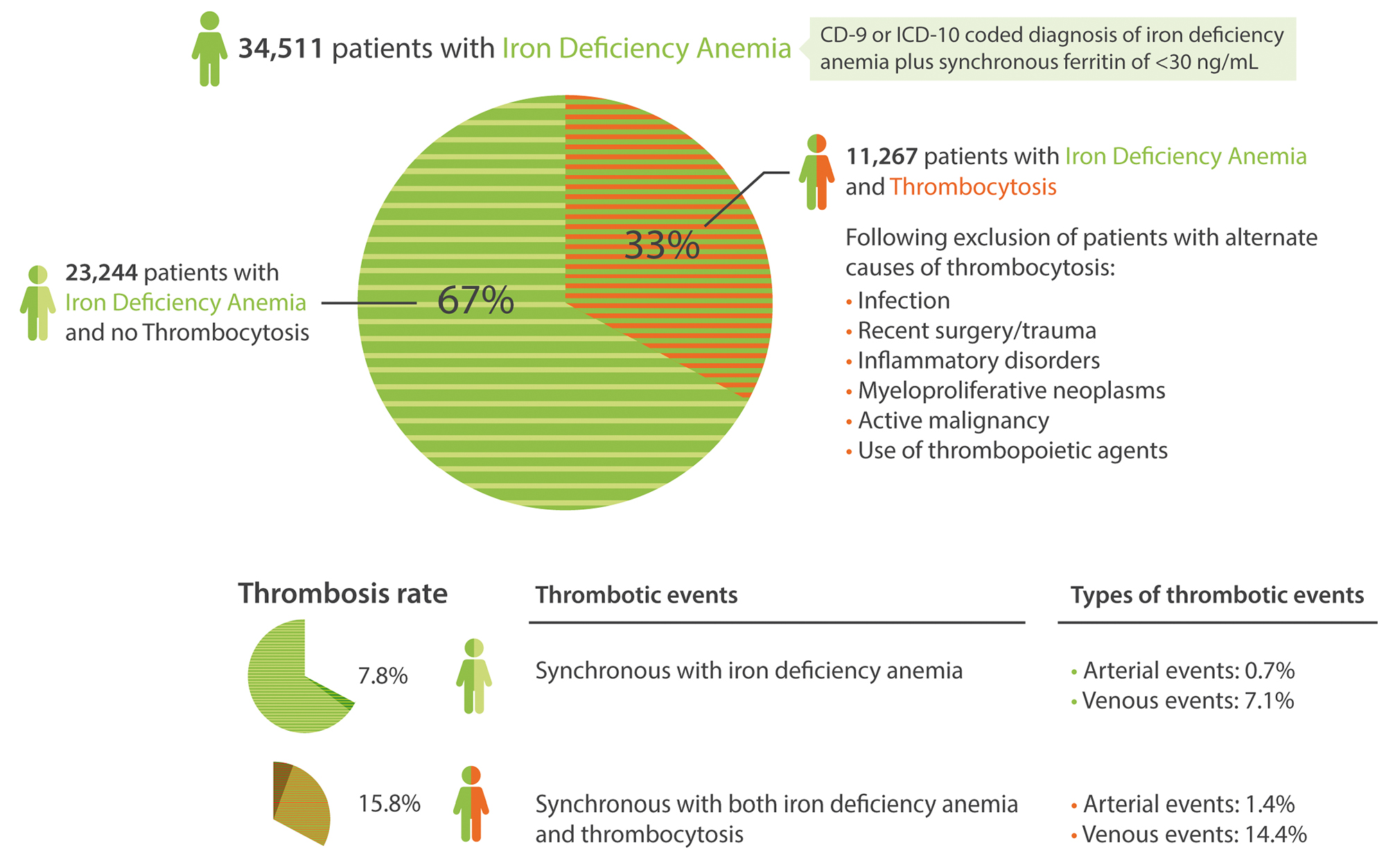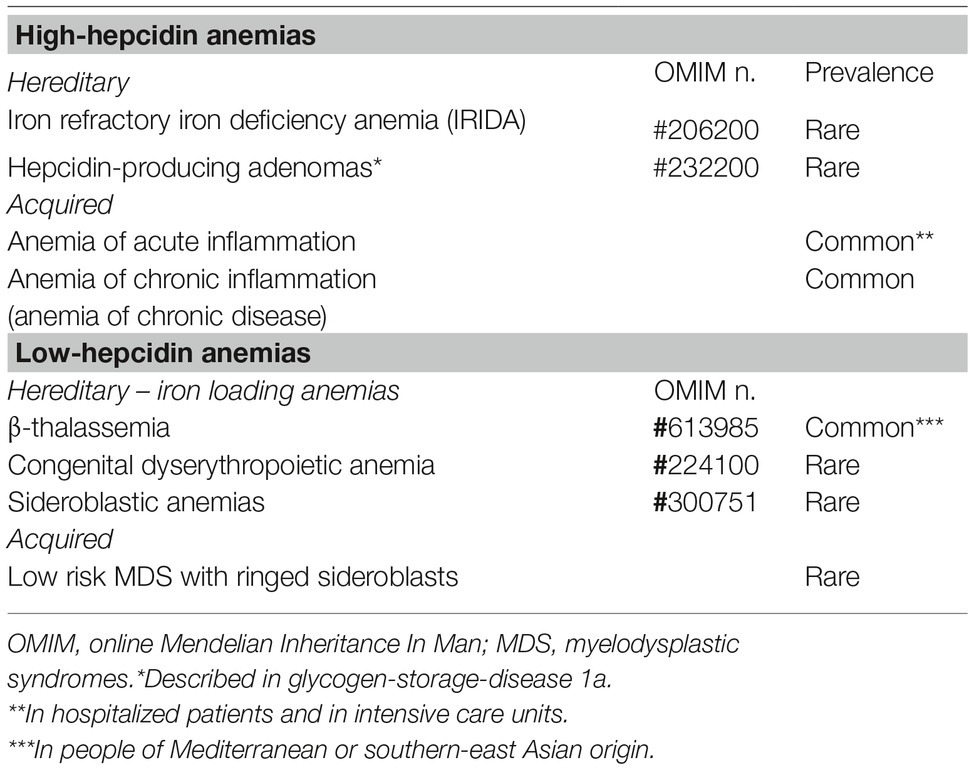Iron deficiency, often abbreviated as ID, is one of the most common nutritional deficiencies worldwide. It affects millions of people, particularly women, children, and individuals with certain medical conditions. Iron is an essential mineral that plays a critical role in various bodily functions, including oxygen transport, energy production, and immune system support. When the body lacks sufficient iron, it can lead to a range of health problems, some of which may have long-term consequences if left untreated.

Understanding Iron and Its Importance
Iron is a vital component of hemoglobin, a protein found in red blood cells responsible for carrying oxygen from the lungs to the rest of the body. It is also a key element in myoglobin, a protein that provides oxygen to muscles, and in enzymes involved in energy production. Without adequate iron, the body struggles to produce enough healthy red blood cells, leading to a condition known as iron deficiency anemia.
The human body cannot produce iron on its own, so it must be obtained through diet or supplements. However, several factors can interfere with iron absorption or increase the body’s demand for this essential mineral, leading to a deficiency.
Causes of Iron Deficiency
Iron deficiency can arise from a variety of causes, ranging from dietary insufficiency to underlying medical conditions. Below are some of the most common reasons why someone might develop iron deficiency:
Inadequate Dietary Intake
- A diet low in iron-rich foods, such as red meat, poultry, fish, beans, lentils, spinach, and fortified cereals, can contribute to iron deficiency.
- Vegetarians and vegans are at higher risk because plant-based sources of iron are not absorbed as efficiently as animal-based sources.
Poor Iron Absorption
- Certain gastrointestinal disorders, such as celiac disease and Crohn’s disease, can impair the body’s ability to absorb iron from food.
- Gastric bypass surgery or other procedures that alter the digestive tract may also reduce iron absorption.
Blood Loss
- Heavy menstrual periods in women are a common cause of iron deficiency.
- Gastrointestinal bleeding, often caused by ulcers, polyps, or colorectal cancer, can lead to significant iron loss.
- Frequent blood donations or injuries that result in significant blood loss can also deplete iron stores.
Increased Iron Requirements
- Pregnancy increases the demand for iron to support fetal development and increased blood volume.
- Growth spurts in children and adolescents can also raise the body’s need for iron.
Symptoms of Iron Deficiency
The symptoms of iron deficiency can vary depending on the severity of the condition. In mild cases, individuals may not experience noticeable symptoms, while more severe deficiencies can lead to debilitating effects. Some common signs and symptoms include:
Fatigue and Weakness
One of the earliest and most common symptoms of iron deficiency is fatigue. This occurs because the body does not have enough iron to produce sufficient hemoglobin, leading to reduced oxygen delivery to tissues and organs. As a result, individuals may feel unusually tired, weak, or lethargic.
Pale Skin
Iron deficiency can cause the skin to appear pale or washed out. This is due to a reduction in red blood cells, which give the skin its healthy, rosy color. Pale skin is often most noticeable on the face, gums, and inside the lower eyelids.
Shortness of Breath
When the body lacks oxygen, it compensates by increasing the breathing rate. Individuals with iron deficiency may experience shortness of breath during physical activity or even at rest in severe cases.
Dizziness and Headaches
Low levels of hemoglobin can reduce oxygen flow to the brain, leading to dizziness, lightheadedness, and frequent headaches. These symptoms are often exacerbated by physical exertion or standing up quickly.
Cold Hands and Feet
Iron deficiency can impair circulation, causing individuals to feel cold, especially in their hands and feet. This is due to reduced blood flow to the extremities.
Brittle Nails and Hair Loss
Iron is essential for maintaining healthy hair and nails. A deficiency can lead to brittle nails that crack or split easily, as well as hair thinning or loss.
Unusual Cravings
Some individuals with iron deficiency may develop cravings for non-food items such as ice, dirt, or chalk. This condition, known as pica, is thought to be linked to nutrient deficiencies.
Diagnosis of Iron Deficiency
If iron deficiency is suspected, healthcare providers typically use a combination of methods to confirm the diagnosis. These include:
Blood Tests
- A complete blood count test measures the levels of red blood cells, hemoglobin, and hematocrit. Low values may indicate iron deficiency.
- Iron studies, including serum iron, ferritin, and total iron-binding capacity tests, provide detailed information about the body’s iron status.
Medical History and Physical Examination
Doctors will often review the patient’s medical history, including dietary habits, menstrual cycles, and any symptoms they are experiencing. A physical examination may reveal signs such as pale skin, rapid heartbeat, or an enlarged spleen.
Additional Tests
- In cases where gastrointestinal bleeding is suspected, endoscopy or colonoscopy may be performed to identify the source of blood loss.
- Pregnant women may undergo additional testing to ensure both maternal and fetal health.
Treatment of Iron Deficiency
Treatment for iron deficiency focuses on replenishing iron stores and addressing the underlying cause of the deficiency. The approach may vary depending on the severity of the condition and the individual’s specific needs.
Dietary Changes
Incorporating more iron-rich foods into the diet is often the first step in treating mild iron deficiency. Some excellent sources of iron include:
- Red meat, poultry, and seafood
- Beans, lentils, and tofu
- Spinach, kale, and other leafy greens
- Fortified cereals, bread, and pasta
To enhance iron absorption, individuals should pair iron-rich foods with sources of vitamin C, such as citrus fruits, tomatoes, and bell peppers. Conversely, consuming tea, coffee, or calcium-rich foods alongside iron-rich meals can inhibit absorption.
Iron Supplements
For individuals with moderate to severe iron deficiency, oral iron supplements are often prescribed. These supplements come in various forms, including tablets, capsules, and liquids. While effective, they may cause side effects such as nausea, constipation, or stomach upset. Taking supplements with food or dividing the dose throughout the day can help minimize these effects.
In cases where oral supplements are not tolerated or absorbed effectively, intravenous iron therapy may be recommended. This involves administering iron directly into the bloodstream and is typically reserved for severe deficiencies or individuals with absorption issues.
Treating Underlying Conditions
If iron deficiency is caused by an underlying medical condition, such as gastrointestinal bleeding or celiac disease, treating the root cause is essential. For example:
- Gastrointestinal bleeding may require medication, surgery, or other interventions to stop the blood loss.
- Celiac disease patients must adhere to a strict gluten-free diet to improve iron absorption.
Monitoring and Follow-Up
Regular follow-up appointments and blood tests are crucial to monitor progress and ensure that iron levels return to normal. Healthcare providers may adjust treatment plans based on the individual’s response to therapy.
Preventing Iron Deficiency
While treatment is important, prevention is equally crucial in managing iron deficiency. Some strategies to prevent this condition include:
- Maintaining a balanced diet rich in iron and other essential nutrients.
- Addressing heavy menstrual bleeding or other potential causes of blood loss promptly.
- Taking prenatal vitamins during pregnancy to meet increased iron requirements.
- Limiting consumption of substances that interfere with iron absorption, such as excessive tea or coffee.
By understanding the causes, recognizing the symptoms, and seeking timely diagnosis and treatment, individuals can effectively manage iron deficiency and maintain optimal health.





